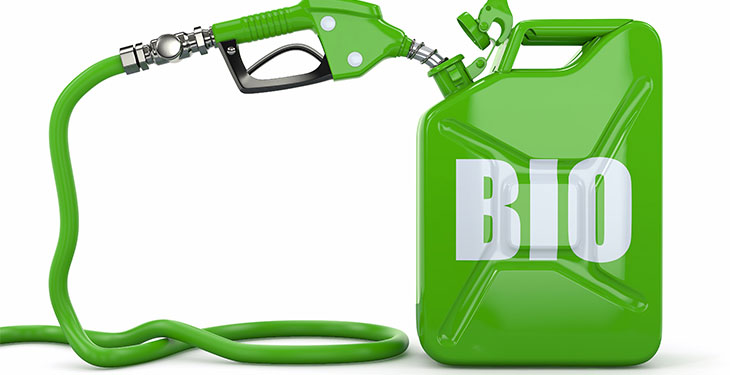The National Policy Framework (CNP), the last stage of transposition of the European Directive regarding the alternative fuel infrastructure, will be adopted in a few months, but businesspeople have urged the government to set up a faster regulatory body, told energynomics.ro sources close to the talks.
“The National Policy Framework is endorsed by the Ministry of Environment. It will be adopted by government decision in a few months. However, I urged the authorities that the regulating body, which will be in charge of its implementation, to be set up earlier so someone can handle it before”, said the quoted sources.
The new body will be composed of members of the line ministries and of the regulator of the energy market ANRE and will be subordinated to the General Secretariat of the Government.
In the draft law that transposes the CNP into legislation, consulted by energynomics.ro, it is foreseen that “the Coordinating Council for Market Development for Alternative Fuels (CC DPCA)” will be set up to “implement the envisaged measures”, whic will have the main task to ensure the coordination of the implementation of the current National Framework and the cooperation between the authorities with responsibilities in the areas of reference.” The Council will be organized at the level of secretary of state and will be “supported by a group of experts”.
Within the Council, the relevant ministries will be permanently represented for energy, transport, economy, environment, regional development, internal affairs, public finances, as well as any other relevant institutions, as guests.
The Government has set up an inter-ministerial working group, including members of the Energy Market Regulator, ANRE, which will transpose the European Commission’s Directive 94 from 2014, regarding the Implementation Plan on Alternative Fuel Infrastructure: it has as a regulatory area from compressed natural gas, to the electric charging stations and hydrogen.
The main documents were in public debate until the end of August. After finalizing the final form of the document, the Government will go through the rest of the steps needed to adopt the National Policy Framework.
What are the goals of the CNP
According to the document consulted by energynomics.ro, the objectives of the National Policy Framework include:
Ensuring the necessary framework to reach the level of 10% of the market share of renewable energy in transport fuels by the end of 2020;
The adoption by the public authorities of measures to ensure the development of about 1.000 charging and / or refueling points accessible to the public. They will be distributed in such a way as to ensure the autonomy of alternative fuel vehicles within a radius of at least 10 km in selected urban agglomerations by the end of 2020 and at least 150 km in the extra-urban environment for national roads, as well as a minimum of 70 km for the TEN-T network by the end of 2025. In case of the by-pass variants of cities with more than one hundred thousand inhabitants, sufficient load points will be ensured, located at reasonable distances, preferably up to 50 km.
Encouraging an increase in the number of alternative fuel vehicles compared to 2016 by more than 100% by the end of 2020, by over 200% by the end of 2025 and by over 400% by the end of 2030.
Ensuring the necessary conditions for the construction of at least one LNG refueling point in the Central TEN-T maritime port (Constanta) by the end of 2025 and at least one LNG refueling point in at least one of the domestic ports of within the TEN-T central network until the end of 2030. The Portuary Administrations, under the authority of the Ministry of Transport, will provide port operators with land for the construction of LNG terminals, respecting the critical infrastructure technical standards, when commercial conditions are met.
Ensuring, through maintenance and the upgrading of existing systems, the shore-side power supply infrastructure of inland waterway and inland waterway vessels in accordance with the identified demand and the costs involved, as a priority in 31/58 inland ports or inland waterways to the core network TEN-T by the end of 2023 and in other ports as appropriate by the end of 2025 by the portuary administrations under the authority of the Ministry of Transport which own and/or administer these ports.
An analysis of the need to install power supplies in airports for use by stationary airplanes, by the end of 2020, by the local and central public authorities and/or institutions with responsibilities in this field, that have in ownership and/or are managing these airports.
Encouraging the installation of home/headquarter points in conjunction with the production of electricity at that location to ensure a predominantly renewable production-use chain.
When setting up the alternative fuel recharging/refueling points, avoiding the Natura 2000 sites should be taken into account.
